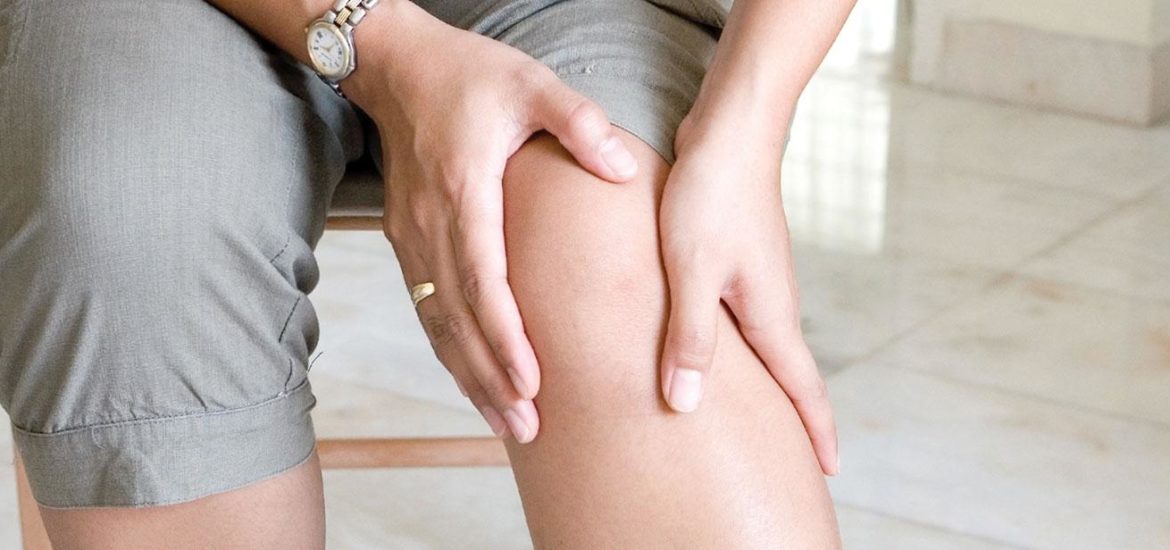Knee cap pain is one of the most common issue faced by current population and is majorly found amongst young & active age groups. Also known as Runner’s knee, the suffering individual experiences pain in front and side of the knee cap, which usually aggrevates while walking up/down the stairs and squatting or kneeling.
Also referred to as ‘movie goers knee’ is also found amongst the individuals who have a sedentary lifestyle or are mostly found sitting on their computers with their knees bent, which further leads to pain.
The main reason for malaligned knee cap(patella), where the cap experiences misalignment in terms of the leg movement, creates extra friction and subsequently leads to cartilage injury. This cartilage injury in the long run develops into arthritis.
The multiple causes of PFC are:
- Irritated nerves in the lower back leads to weakening of the butt (gluet) muscle and quadriceps This weakening leads to friction and further loss of cartiladge.
- Hip issues: Studies show that biomechanics play a major role. Internal rotation (foot turned inwards) or External rotation (foottuned outwards) can cause groove misalignment in patella of femur bone. https://www.ncbi.nlm.nih.gov/pubmed/20436239, this study explores how too much roation of femur groove inside will track the knee cap to the outside and cause misalignment.
- VMO muscle weakness (inner thigh muscle weakness) allows the knee cap to move too far towards outside
- Patellar trauma: Injury to the undersurface of the knee cap or the cartilage can cause arthritis.
Hamstring stiffness and ITB over tightness can lead to knee cap and meniscal injury.
Management and treatment:
It involves joint preservation mechanisms along with interventions which are done under regenerative medicine techniques. This technique involves injecting super concentrated platelets and mesenchymal cells, which are taken from iliac crest and have similar activity as stem cells under imaging, followed by a well structured rehabilitation programme for better outcomes.
